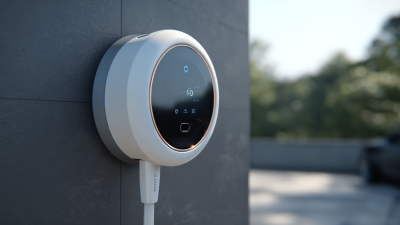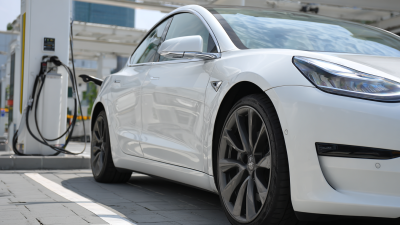Selecting the right Car Inverter Charger is crucial for ensuring that your electronic devices remain powered during road trips or while camping. According to a recent report by MarketsandMarkets, the global market for car inverters is projected to reach $5.2 billion by 2026, driven by the increasing need for reliable power sources in vehicles. With a diverse range of models available, it is essential for consumers to understand their specific needs and the features that make a car inverter charger suitable for their requirements. Factors such as power output, type of inverter (modified sine wave vs. pure sine wave), and the intended use—whether for charging small devices or running larger appliances—can significantly influence your purchase decision. By examining these aspects, you can ensure that your investment in a car inverter charger meets your demands and enhances your travel experience.
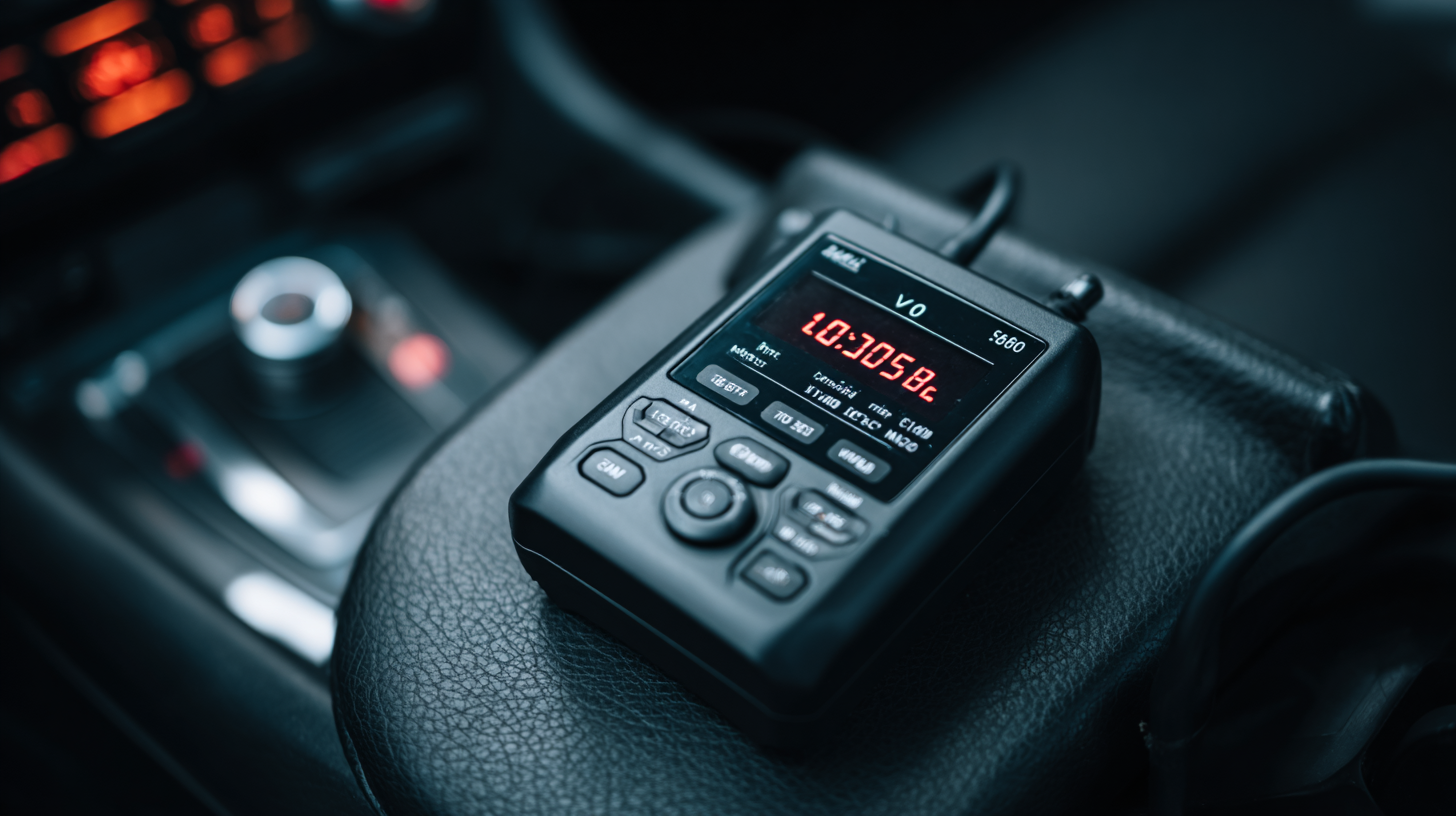
A car inverter charger is a device designed to convert the direct current (DC) from your vehicle's battery into alternating current (AC), allowing you to power various electronics on the go. According to the Consumer Electronics Association, over 70% of vehicle owners now utilize some form of portable electronic device, highlighting the growing need for reliable power solutions while traveling. Understanding how these chargers work is essential for ensuring your devices remain powered, especially during long road trips or emergencies.
When selecting a car inverter charger, consider the power requirements of your devices. For instance, basic models typically offer 150-300 watts, suitable for charging phones and other small electronics. However, if you plan to power larger devices like laptops or small refrigerators, look for inverters rated at 1000 watts and above.
**Tip:** Always check the specifications of your electronics before purchasing an inverter charger to ensure compatibility. Additionally, opt for models with built-in safety features, such as short circuit protection and thermal shutdown, to safeguard your devices and vehicle battery.
Another aspect to consider is the inverter's portability and ease of installation. Many modern car inverter chargers feature compact designs and are user-friendly, making them a convenient addition to your vehicle.
**Tip:** Look for inverters that come with various ports, including USB outputs, to accommodate multiple devices and enhance versatility during your travels.
This chart shows the popularity of different wattage car inverter chargers based on units sold. It's essential to select an inverter charger that meets your power needs while also considering how frequently you will use it.
When selecting a car inverter charger, understanding the various types available is crucial to finding the one that best suits your needs. The most common types include pure sine wave inverters, modified sine wave inverters, and car power inverters. Pure sine wave inverters provide clean, consistent power, making them ideal for sensitive electronics like laptops and medical devices. Their main drawback is the higher price point, but for those who need reliability, it’s often worth the investment.
On the other hand, modified sine wave inverters are typically more affordable and sufficient for running everyday appliances like lights and fans. However, they may not work well with specific electronics, potentially causing inefficiency or even damage. Lastly, car power inverters tend to be compact and portable, perfect for users looking to charge multiple devices on the go. Depending on your usage frequency and types of devices you plan to power, assessing these options will help you decide which car inverter charger is the best fit for your requirements.
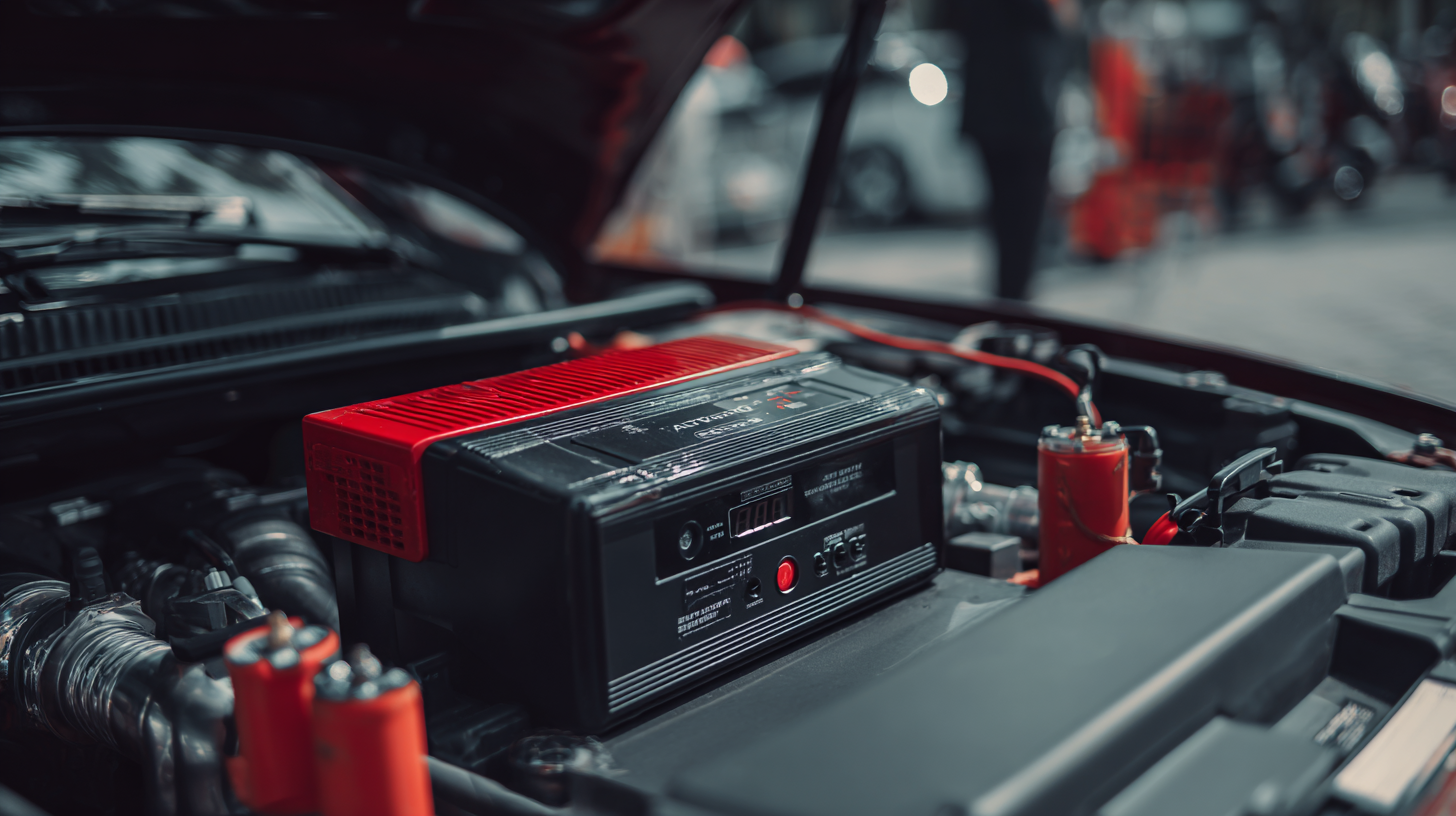
When selecting a car inverter charger, it’s essential to focus on key features that align with your power needs. One of the primary considerations is the inverter's power output, typically measured in watts. According to a report by the Consumer Electronics Association, most portable electronics require between 50-150 watts for efficient operation. For instance, charging a laptop might necessitate an inverter with at least 150 watts, while smaller devices like smartphones or tablets can often function with a lower capacity.
Another crucial aspect is the inverter's waveform type. Sine wave inverters provide a cleaner output, making them suitable for sensitive electronics, while modified sine wave inverters can effectively power less sensitive devices but might pose a risk for some appliances. Research from the International Electrotechnical Commission suggests that approximately 30% of users experience equipment damage due to incompatible inverter outputs. Additionally, features such as built-in protection against overloading and short circuits can greatly enhance safety and reliability, which are critical for long-term investments in car inverter chargers.
When selecting a car inverter charger, understanding power output and compatibility is crucial for ensuring that your devices operate efficiently. Car inverters generally convert the vehicle's DC power into AC power, with output capacity typically ranging from 100W to 3000W. According to a recent industry report by Research and Markets, the global market for car inverters is projected to grow at a CAGR of 5.3% from 2021 to 2026, highlighting the increasing demand for reliable power sources on the go. Choosing an inverter that matches or exceeds the wattage of your devices prevents overloading and potential damage.
Tips for compatibility include checking the voltage requirements of your devices. Most standard electronics operate on 120V AC, while some power-hungry gadgets, like refrigerators or power tools, may demand outputs of 300W or more. Ensuring your inverter meets this demand can significantly enhance its performance. Additionally, consider the number and types of outlets available. Some inverters come with USB ports, while others may offer multiple AC outlets, which can be beneficial for powering several devices simultaneously.
Another factor to consider is surge wattage. Many devices need a higher initial surge of power to start, which can sometimes be two to three times their running wattage. A tip is to select an inverter with a higher surge capacity than your device’s peak needs. This extra headroom ensures a smoother start-up and prolongs the lifespan of your inverter, making it a wise investment for your mobile power needs.
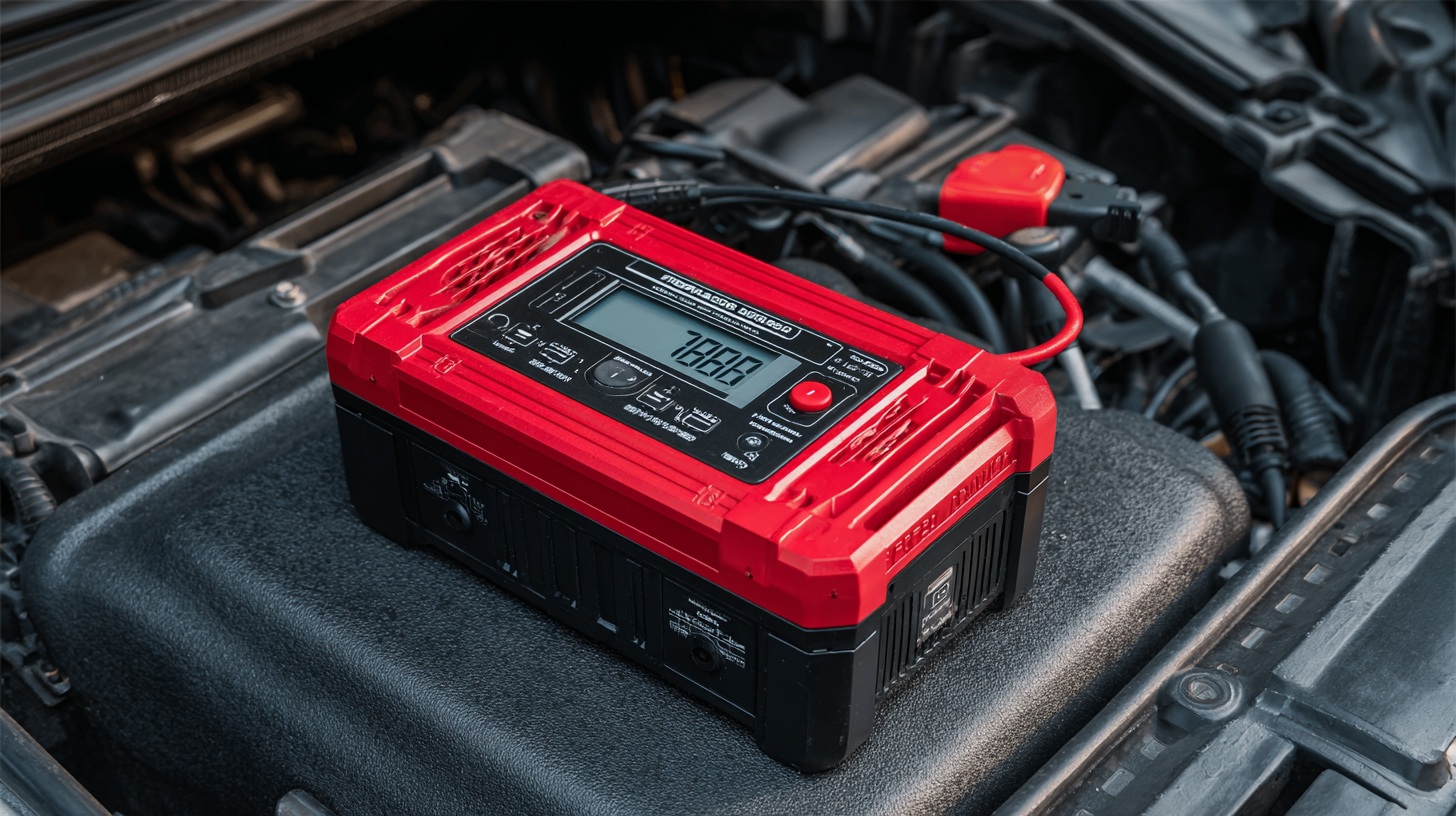
When selecting a car inverter charger, safety should be your top priority to ensure reliable and secure usage. According to a report from the International Electrotechnical Commission, faulty electrical equipment is a leading cause of vehicle fires. Therefore, choosing a charger that complies with safety standards, such as UL certification, can significantly mitigate risks. Look for features like short-circuit protection, overload protection, and temperature control to safeguard not only your equipment but also your vehicle and passengers.
Tip: Always check the power rating of your devices and match it with the inverter's output capacity. Overloading the inverter can lead to malfunctions and potential safety hazards.
In addition to safety features, consider the inverter’s design and cooling methods. A quality inverter should have adequate ventilation to prevent overheating during prolonged use. As highlighted in a recent consumer electronics study, models with built-in cooling fans are more effective in sustaining appropriate temperature levels, thus enhancing their lifespan and performance.
Tip: Regularly inspect your inverter for any signs of wear or damage, and ensure all connections are secure to avoid unexpected failures.
| Feature | Details | Safety Considerations |
|---|---|---|
| Power Output | Measured in Watts, choose based on the device you will charge. | Ensure the inverter has overload protection. |
| Input Voltage | Typically 12V for cars, confirm compatibility with your vehicle. | Check for short circuit prevention features. |
| Output Types | AC and USB outputs available, choose based on your devices. | Verify the inverter has surge protection. |
| Size and Portability | Consider the space available in your vehicle. | Ensure sturdy construction to avoid damage during travel. |
| Cooling System | Look for models with built-in fans to prevent overheating. | Opt for thermal protection features to automatically shut off the inverter. |
